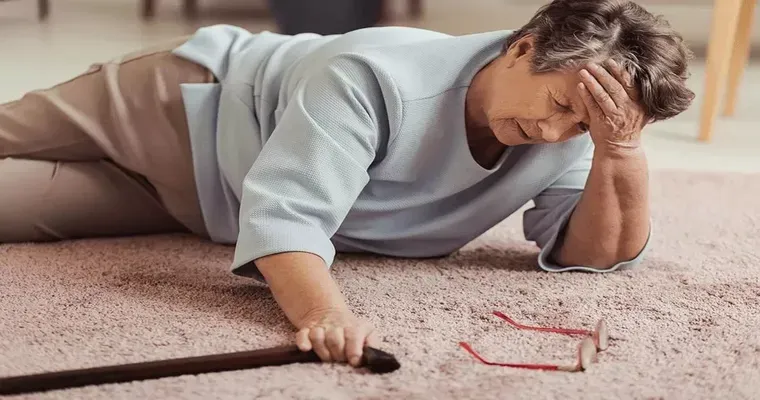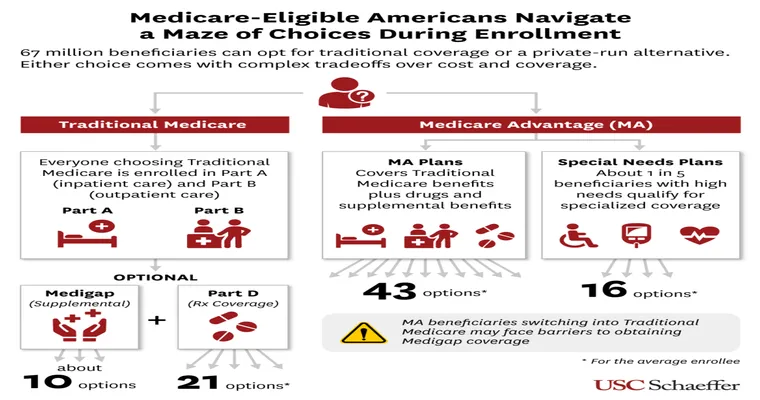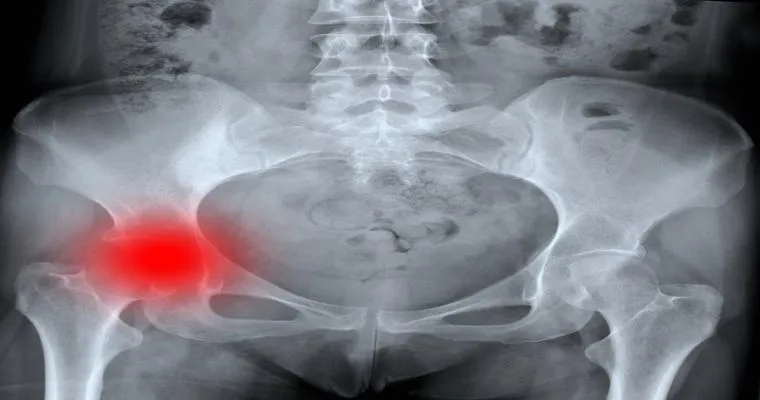Falls in "nursing homes" are a significant concern for residents, caregivers, and family members alike. The "risk of falls" is heightened in these facilities due to various factors, including age-related physical decline, medical conditions, and environmental hazards. Understanding the causes, implications, and preventive measures surrounding falls in nursing homes is crucial to promoting safety and enhancing the quality of life for residents.
Understanding the Causes of Falls in Nursing Homes
Several factors contribute to the "risk of falls" in nursing homes. The elderly population often experiences decreased mobility, muscle weakness, and impaired balance, all of which can increase the likelihood of falling. Additionally, medications that cause dizziness or sedation can further elevate this risk.
Environmental elements within the nursing home can also play a role. Insufficient lighting, cluttered hallways, and a lack of handrails or grab bars can create hazardous situations. Furthermore, residents may be at an increased risk due to cognitive impairments that affect their awareness of surroundings.
The Impact of Falls on Residents
The consequences of falls can be severe for nursing home residents. Injuries such as fractures, head trauma, and lacerations can lead to long-term complications and a decline in overall health. Falls can also instill a fear of falling, which may cause residents to limit their mobility, leading to increased isolation and decreased physical fitness. This cycle can significantly affect their overall well-being and quality of life.
Preventive Measures to Reduce the Risk of Falls
To mitigate the "risk of falls", nursing homes must implement comprehensive fall prevention strategies. Here are some effective measures:
1. "Regular Assessments": Conducting routine assessments of residents' mobility, medication, and overall health can help identify those at higher risk for falls.
2. "Environmental Modifications": Ensuring that the physical environment is safe is essential. This includes adequate lighting, removing tripping hazards, installing grab bars, and using non-slip mats.
3. "Staff Training": Training staff to recognize the signs of residents who may be at risk for falls is crucial. They should be equipped to assist residents with mobility and encourage safe practices.
4. "Exercise Programs": Implementing exercise programs that focus on strength, balance, and flexibility can empower residents and reduce their fall risk. Activities such as tai chi or gentle yoga can be beneficial.
5. "Assistive Devices": Providing residents with assistive devices, such as walkers or canes, can help them maintain independence while ensuring their safety.
6. "Education and Awareness": Educating residents and their families about the risks of falls and the importance of reporting any incidents can create a culture of safety within the nursing home.
Conclusion
The "risk of falls" in nursing homes is a pressing issue that requires attention from all stakeholders involved in elderly care. By understanding the causes and implementing effective preventive measures, nursing homes can create safer environments that promote the health and well-being of their residents. Through teamwork among staff, residents, and families, the occurrence of falls can be significantly reduced, leading to improved safety and enhanced quality of life for those in nursing care.





